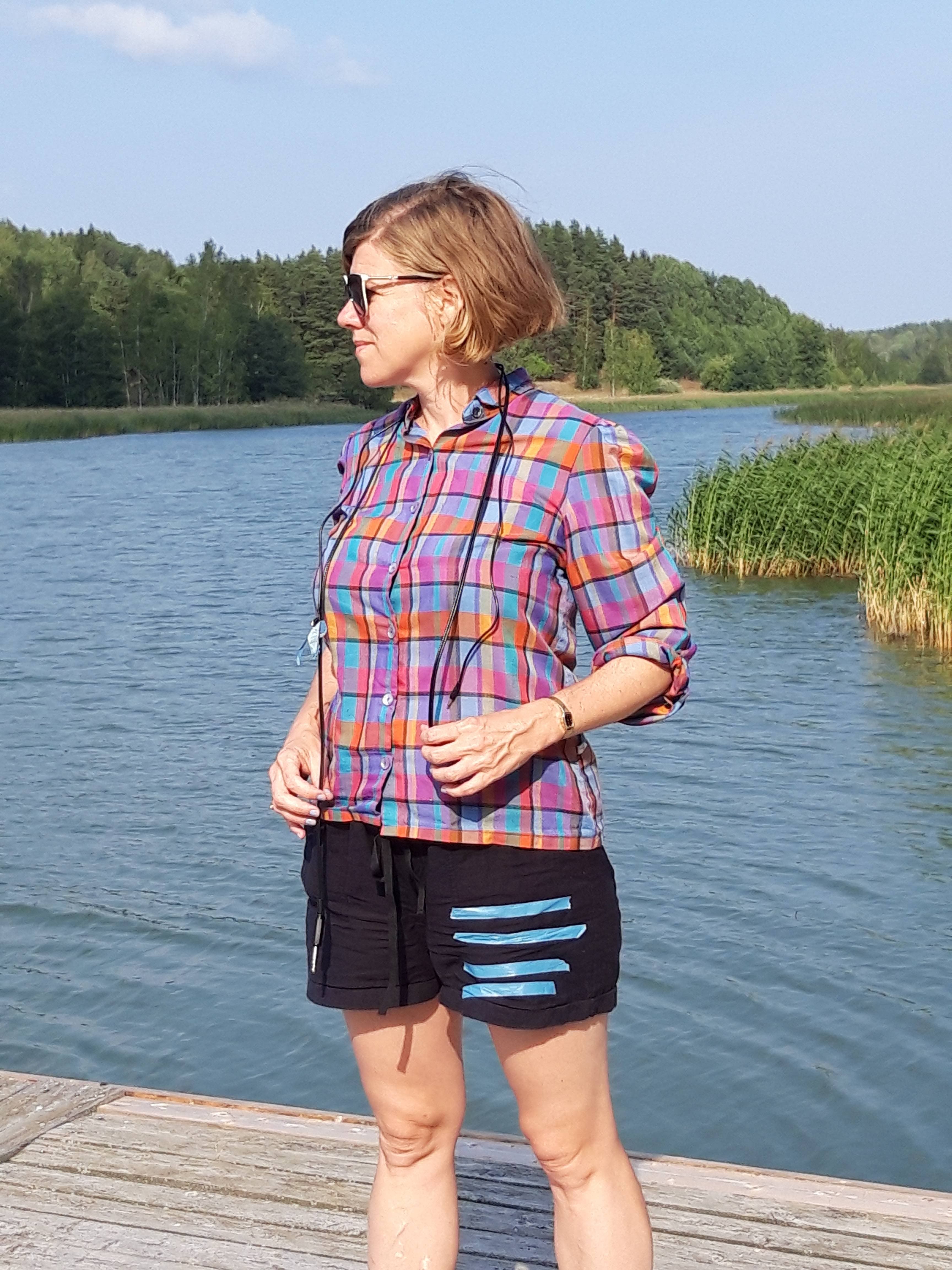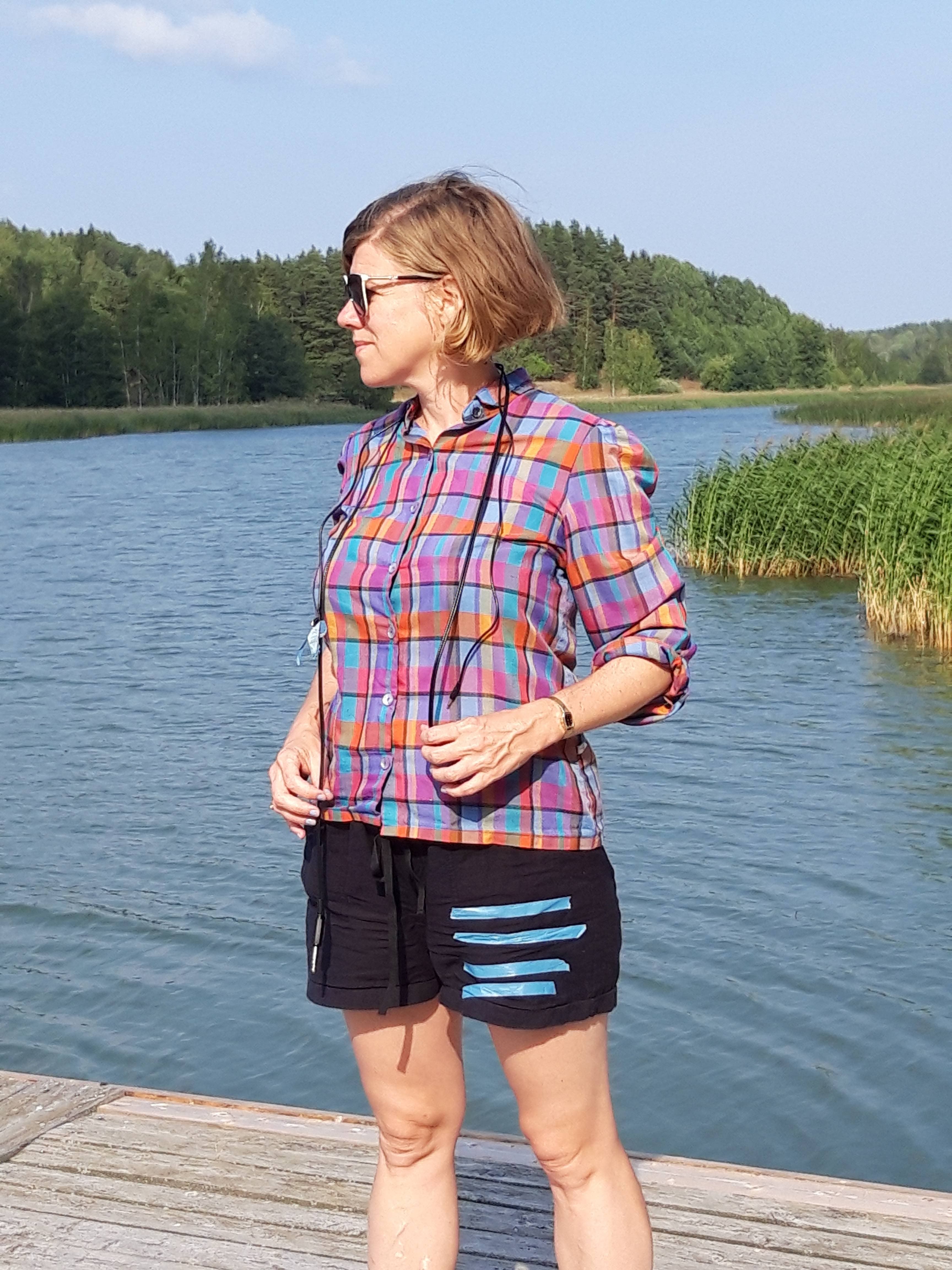
Recorded Research 3: Felicty Mangan

Felicity Mangan is an electro-acoustic musician who works almost exclusively with animal sounds. With releases on Shelter Press and Longform Editions and collaborations with Stine Janvin Joh as Native Instrument and Christina Ertl-Shirley as Plants and Animalia she explores animals not only through documentation of the sounds they make but through reconstructing their places in the natural world, creating synthetic ecologies and biological fictions.
For Recorded Research No.3 she produced a mix which details her obsession through her own and other’s works. With a tonne of unreleased material and incisive highlights from other artists, who have also used animals in their recordings she maps the topology of her work and the terrain that it grows out of. Aptly titled “Flora in Fauna” it’s a mix of utterances from some of the other minds that we share the Earth with.
Once I was hiking in the Australian bush when, crashing noisily along-side me, I heard what turned out to be a Black-Faced Wallaby. It didn’t notice me until it crossed my path and then we stood for a second or two looking at each other, not knowing what to do, before it grunted and bounded off into the bush. I had the impression from this encounter that I had been “experienced” that another mind, as equal and free as my own had seen, heard and smelt me and I was briefly forced to think of myself through its senses.
This was an important meeting because it made me realise that until humans make contact with alien life, animals and perhaps plants, are our only chance to be experienced by other sentient beings, and being experienced allows us to reconsider our humanity in a very specific way.
These days, apart from the few species of animals that humans use for food or as pets, the number of encounters we have with animals is drastically diminished. Our pets have been systematically bred for looks and docility while our food animals are deliberately kept from sight. 55% of the world’s population now live in cities (and the number is rising) which brings a lack of exposure to non-human minds, leaving behind a need and a void that’s often filled with fantasies about what animals are like. Scientifically we know more than ever about animals, but the makers of even the most fantastic medieval bestiaries would have had far more numerous and intimate encounters with animals.
Field recordings like Jana Winderen’s The Noisiest Guys on the Planet, Chris Watson’s Outside the Circle of Fire and Douglas Quinn’s Antarctica all beautifully depict animals without cherry picking sounds that conform to preconceptions and they reveal surprising realities using varying degrees of technological processing in order to make the sounds accessible. Animal sounds are autonomous utterances, produced to serve a creature’s own purposes; express its desires and communicate ideas we might never comprehend. They are expressions of non-human minds.
Felicity Mangan’s work takes the process of depiction a step further. Working with an archive of (mostly Australian) animal sounds she manipulates them using samplers, sequencers and often home made transducers. In her collaborations with Stine Janvin Joh who uses her voice and Christina Ertl-Shirley who uses plant controlled home made synthesizers they construct semi-fictional ecologies, based around the rhythms and timbres of real ones. It’s an artistic attempt to propose an animal grammar, an ecological sentence structure that might allow us the possibility of feeling through animal senses and thinking through animal minds.
Playlist
**Yannick Dauby – Volcanic Tattooed Toads**I have know about Yannick Dauby’s recordings of frogs for awhile but only recently listened. Here is an example of some lush frog sound textures. I assume this is a recording with little effects or editing.
Native Instrument**– Frottage** (Unreleased – To be released this summer by Entr’acte)Native Instrument is a sound collaboration bringing together the field-recordings archive of Felicity Mangan and the abstract vocabulary of Stine Janvin Joh. Often referred to as insect techno, Native Instrument’s music is constructed using electronic and vocal adaptations of wildlife audio recordings originating mainly from the Australian and North European fauna; mixing the natural rhythms of animal calls with digital effects and vocal imitations, Native Instrument enlightens a sonic ambiguity between rural nature, electronics, and the human voice. Over time, field recordings and human vocabulary become mixed up, indiscernible from one another – a sound illusion that ends in the creation of a new melodious wildlife genre. Native Instrument presents their true artificial nature; sound collages moving between tropical ambiance, club inspired bug beats and amphibian trance.
Jana Winderen – The Listener
Recordings of Zooplankton I really like the minimal textures and opportunity to hear insects under the water and the noise pollution of boats that create an amazing readymade composition. ‘Freshwater biologists count underwater insects and use this data as an indicator of the water’s health. If one identifies the sound of specific underwater insects with their varying ability to survive forms of pollution, one can possibly, through focused listening, reach an understanding of the health of the river. Underwater insects use stridulation to produce sound, such as Corixa, the lesser water boatman, which lives its whole life underwater. It also uses an air bubble carried on its abdomen as a physical lung, where oxygen flows from the water into the bubble. This bubble might also be amplifying the sound they make.’ Source: https://janawinderen.bandcamp.com/album/the-listener
Plants and Animalia (Christina Ertl-Shirley and Felicity Mangan)A mix of Christina’s plant drones and clicks played together with my animal voices. This project brings together our personal investigation into the sound phenomena produced by plants and animals. Christina captures and sonifies the biochemistry of plants by deploying self-built synthesizers while I use found and self-recorded animal voices through a sampler and sequencer to explore their the timbres and forms. Together we mimic biophonic patterns to create minimal, quasi-bioacoustic environments.
**David Rothenberg – Nightingale alone Villa Viktoia**l recently read two of philosopher / musician David Rothenberg’s books ‘Bug music’ and ‘Nightingales in Berlin’ and performed at the Berlin launch of ‘Nightingales’
**Olaf Hochherz – Watching**Olaf has used supercollider to mimic the sound of birds.
Andrew Pekler – Mirror structuresAndrew Peckler synthetic exotica, pseudo-ethnographic music and manipulated field recordings.
Chris watson – Cima Verde
I like the richness of the drone sound made from field recordings here.
Native Instrument – Vogel Unseres Heimat (Shelter Press)
Lo-fi bug beat and drones from Native Instrument’s debut EP.
**Regenstucke – Peter Ablinger**Recent lakeside performance at Summter See, as part of ‘Mühlenbeck Sonic Landscapes’ festival. I performed in Johnny Chang’s Partitions and Resonances ensemble alongside Rebecca Lane, Hannes Lingens, Mike Majkowski, Eric Wong and Johnny Chang.
Author:
Nathan Gray is an artist who works with spoken word and the voice his works take form as lecture-performances, radio-plays, narrative and rumour. He is the host of the Weirding Module on Threads*ZK/U Berlin an ongoing enquiry into the spoken word in contemporary art and experimental music.
He is one of the programmers of Threads*ZK/U Berlin and started the series Recorded Resources where artists make mixes on a chosen topic of importance to their practice.
He writes fiction and art criticism for various publications including this one.
Look for him on www.nthn.gyTwitter: @nathansnawklorMixcloud: weirdingmodule
Back to home.